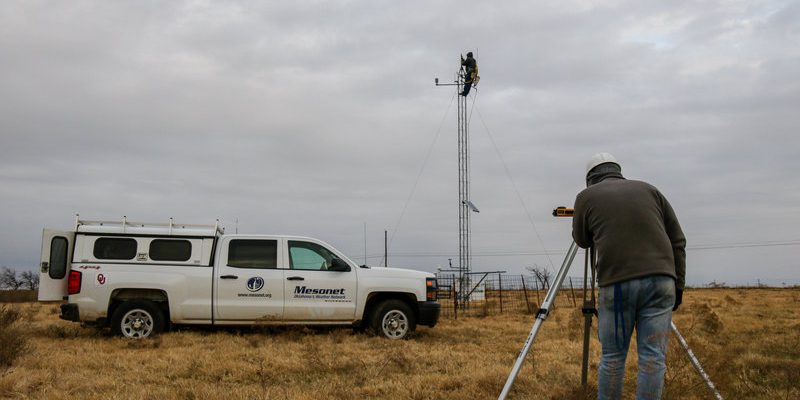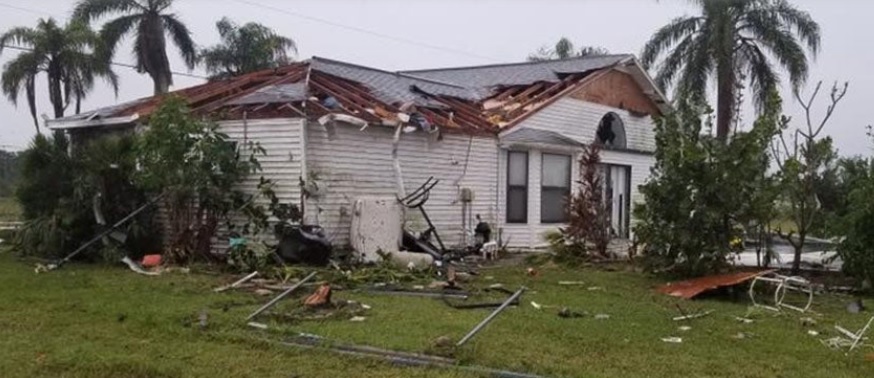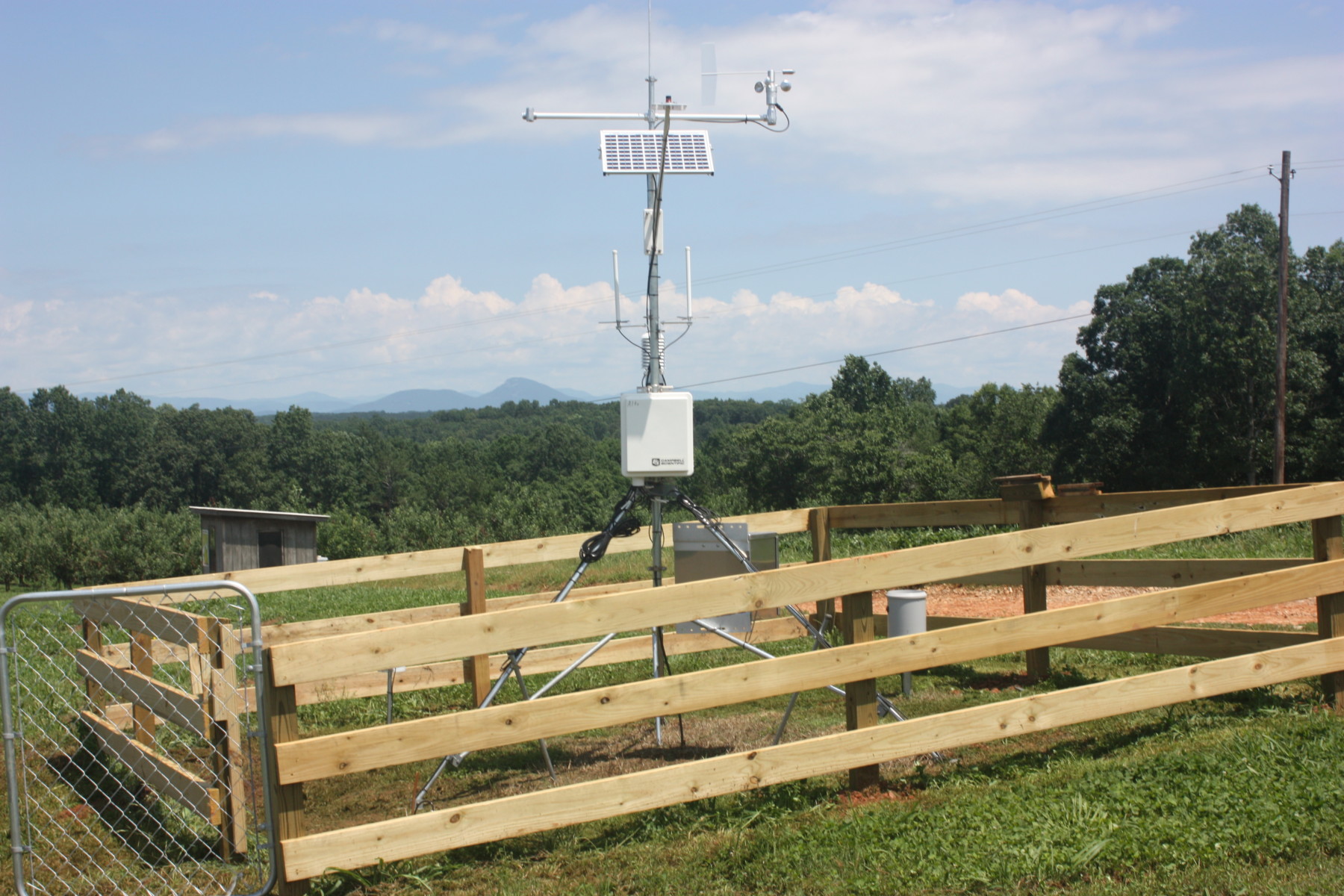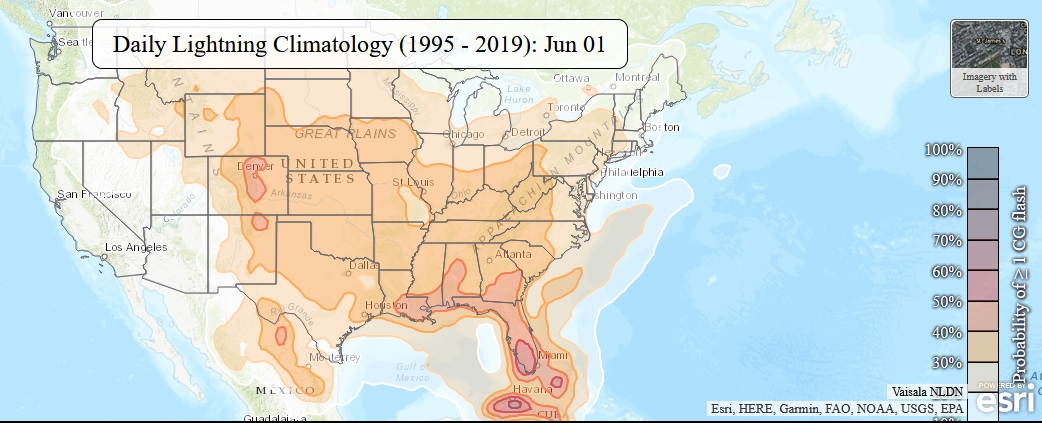Sources of weather and climate data
-

Since I manage the University of Georgia Weather Network, I am always interested in stories about other mesonets around the country and how they are getting funding to keep their networks operating. Some mesonets are state funded but many are not, and finding continuing sources of support can be difficult. Many people think that weather…
-

From time to time, I get asked where the safest place to live can be found in the United States, or a county agent will ask me to document the natural hazards that have occurred in or near their county in the last. Money News provided a list of six free online sources of this…
-

I recently ran across this USDA publication describing methods for adapting agriculture to increasing climate variability and climate change. While the publication is focused on the Midwest and Northeast, there are a lot of very good lessons for producers in the Southeast as well. I encourage you to take a look at it and see…
-

As we get closer to the cold and snow that is expected in the next few days, you may be interested in viewing where the biggest impacts are occurring, especially if you are going to be traveling. NOAA has a good map depiction of where winter storm impacts are expected to occur over the next…
-

There are many different networks of weather observations that are taken across the country and the world. Some of the networks are run by the National Weather Service, US Geological Survey, and other federal agencies. Now, there are also many networks run within the states by different agencies. The University of Georgia weather network that…
-

Here is an interesting map display from NOAA’s Storm Prediction Center that shows the daily distribution of lightning stokes across the United States. It is very interesting to see how the area of most lightning strikes moves around over the course of the year. You can view it at https://www.spc.noaa.gov/climo/dataviewer/?mode=climo&category=ltg&product=ltgday.
-

Today is the 25th anniversary of the infamous Fort Collins flash flood, which was the impetus for starting CoCoRaHS (Community Collaborative Rain, Hail & Snow Network). Fort Collins has a semi-arid climate, but rare tropical downpours lingered over the city during the beginning of the annual monsoon season, bringing nearly 15″ of rain in just…